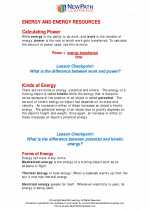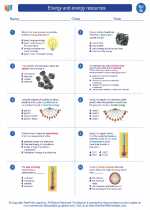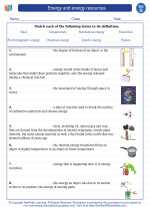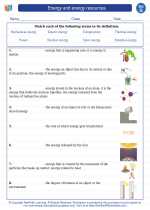Pollination
Pollination is the process by which pollen is transferred from the male reproductive organs of a flower to the female reproductive organs, thereby enabling fertilization and the production of seeds.
Types of Pollination
There are two main types of pollination: self-pollination and cross-pollination.
- Self-pollination: Occurs when the pollen from the anther of a flower is transferred to the stigma of the same flower or another flower on the same plant. This type of pollination does not require the assistance of external agents such as wind, water, or animals.
- Cross-pollination: Involves the transfer of pollen from the anther of a flower to the stigma of a flower on a different plant of the same species. This type of pollination often requires the assistance of external agents for the transfer of pollen, such as insects, birds, or other animals.
Agents of Pollination
Several agents facilitate the process of pollination:
- Insects: Bees, butterflies, moths, and beetles are common insect pollinators. They are attracted to flowers by their colors, scents, and nectar, and inadvertently transfer pollen as they move from flower to flower.
- Birds: Hummingbirds are important pollinators for certain types of flowers, particularly those with tubular shapes and vibrant colors.
- Wind: Some plants rely on the wind to carry their lightweight pollen grains to neighboring flowers for pollination. These plants often have small, inconspicuous flowers and produce large quantities of pollen.
- Water: Aquatic plants utilize water for pollination, with their pollen being transported by water currents to reach the female reproductive organs of other aquatic plants.
Significance of Pollination
Pollination is a crucial ecological process with several key implications:
- It is essential for the reproduction and survival of many plant species.
- It contributes to the biodiversity of ecosystems by facilitating the production of seeds and fruits.
- It plays a vital role in the production of food crops, as many agricultural crops depend on pollination for fruit and seed production.
- It supports the stability of natural habitats and ecosystems by aiding in the growth and propagation of plant species.
Study Guide
To better understand the concept of pollination, here are some key points to focus on:
- Define pollination and its significance in plant reproduction.
- Identify and describe the two main types of pollination.
- Explain the role of various agents in pollination, including insects, birds, wind, and water.
- Discuss the importance of pollination in maintaining biodiversity and supporting ecosystems.
- Explore examples of specific plant species and their unique adaptations for successful pollination.
Understanding the process of pollination is crucial for appreciating the intricate relationships between plants and their environment, as well as for recognizing the significance of pollinators in sustaining the natural world.






